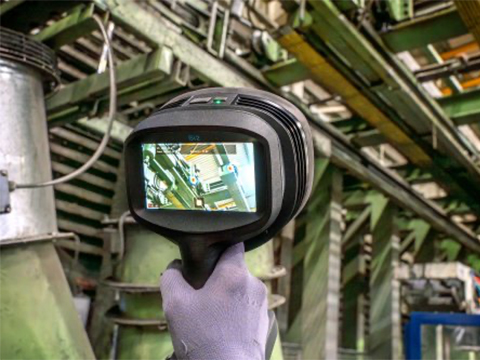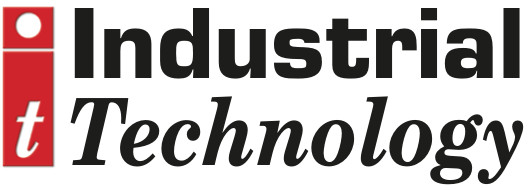
Posted to News on 25th Nov 2024, 09:03
Reduce energy usage through air leak detection
With hundreds of metres of pipework for compressed air in many industrial applications, tracking down leaks is a priority. The FLIR Si2-LD acoustic camera from Teledyne FLIR makes light work of identifying leaks in pipework, even those elevated air lines that are difficult to access.

One element that is found on most manufacturing sites is the need for compressed air is a key element found on many manufacturing sites, with pneumatics being used in all sorts of industrial applications. To deliver the compressed air, a compressor or number of compressors are employed, and the resulting air is delivered around a site by a system of air lines.
These pipes are often above ground to improve logistics and ergonomics of production; however over time they can degrade and give rise to leaks. Elbow joints, reducers, condensers, and other fixtures all have the potential to leak air under pressure.
Teledyne FLIR is a global producer of high quality analytical handheld devices, including both thermal and acoustic imaging cameras. By simply pointing the FLIR Si2-LD acoustic camera at an airline it can detect leaks of 0.05 litres per minute at a distance of 10 metres. At 2.5 metres, leaks as little as 0.0032 litres per minute can be detected. These may not sound like very big volumes, but over the course of a year the loss can be considerable. On the FLIR Si2-LD, air leaks are displayed on the high definition five-inch colour screen, by simply pointing the handheld device at the air line.
Teledyne FLIR not only produces a wide range of high quality cameras but also provides the associated software to facilitate the collection and analysis of data. The FLIR Si2-LD camera is loaded with such software. Using a system termed Industrial Gas Quantification, the camera can calculate the monetary loss incurred for each leak identified. As well as air, the software can also calculate losses for a variety of other gaseous systems including ammonia, helium, hydrogen, argon and carbon dioxide.






